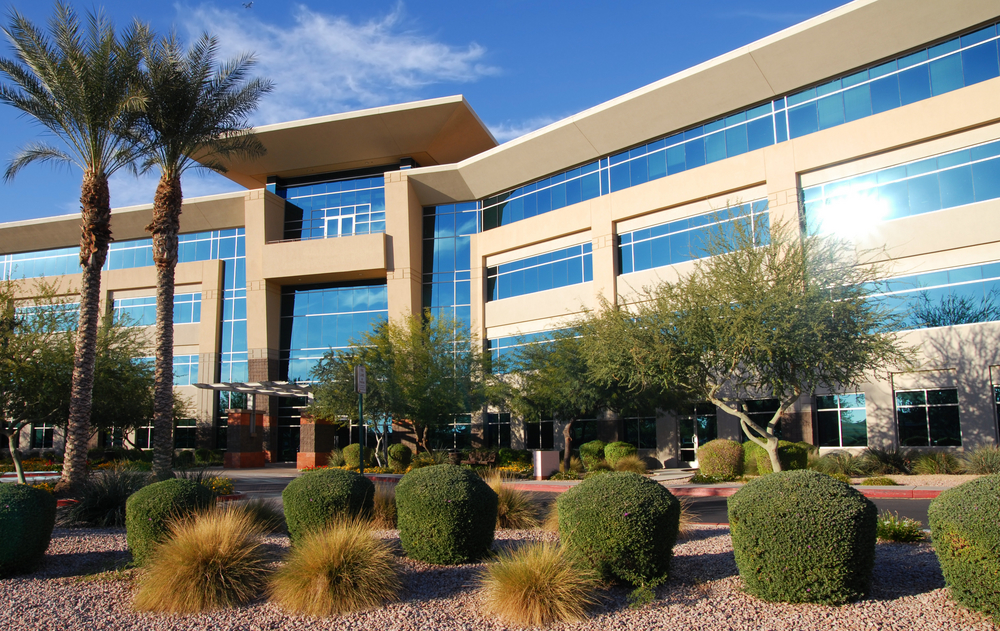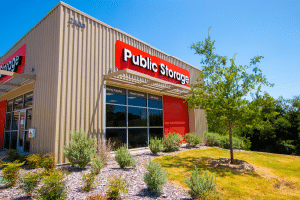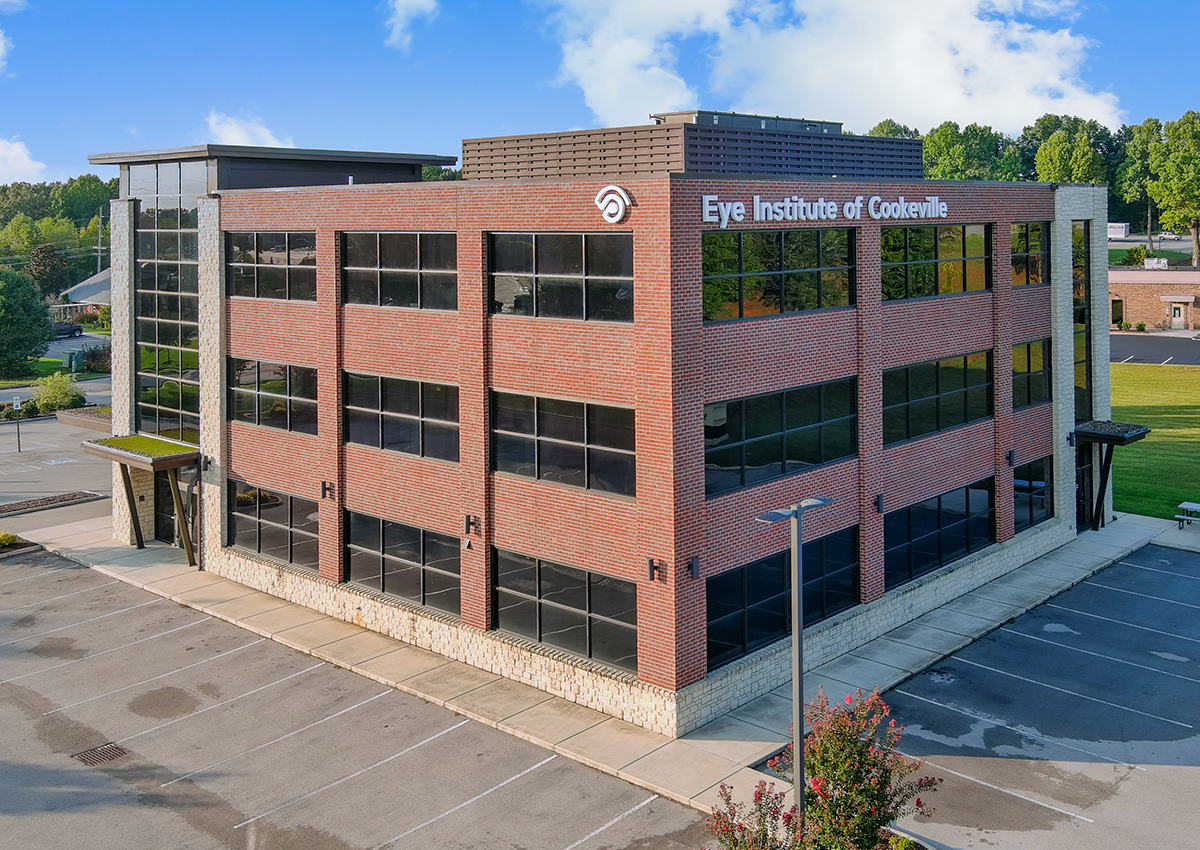Recognising Flex Space: A Novel Approach for Leasing Commercial Property
In the lease of commercial property, flex space—also referred to as flexible workspace or flexispace—is a fast developing trend. This creative idea provides places fit for all kinds of work, therefore allowing a range of office design trends and labor requirements. Flex space’s key goal is its adaptability, which lets companies change and reorganize the workspace to meet their particular requirement at any one moment.
Usually include private offices, coworking spaces, conference rooms, event venues, and shared areas encouraging innovation and teamwork are flex spaces. These layouts allow companies to maximize the whole square footage of their rented space, therefore offering a more affordable and effective alternative than conventional office environments. Mostly because they provide small businesses, startups, and entrepreneurs access to premium facilities normally out of reach, flex spaces have become rather popular. These areas offer current technology conveniences, a professional setting, and flexible lease terms that let companies expand and change free from the weight of long-term leasing obligations.
Flex Spaces’ Benefits for Office Use
Flex spaces in office leasing are mostly driven by their natural adaptability, which gives companies an opportunity to grow up or down based on their immediate demand. Many times fully equipped, these flexible offices provide high-speed internet, conference rooms, and break-out areas. As so, companies can avoid large capital outlays needed for conventional leased locations. This also reduces setup periods, thereby enabling businesses to start off running.
Apart from offering operational savings and cost control, flex rooms bring a dynamic that might help the culture of the company and employee output. Open layouts and common areas in these regions promote a more dynamic and cooperative workplace. They can also accommodate a range of work styles, from teams that flourish in more group environments to employees who would rather work alone for concentrated purposes. From startups looking for low-risk entrance points to existing companies seeking agility and innovation, this natural adaptability makes it a reasonable option for many firms.
.
Real Estate Investors: Strategies Using Flex Space
Flex space has become a possibly profitable choice for property investors in the fast changing real estate market of today. As the name implies, flexible office spaces—including shared offices, open floorplans, and coilab working areas—that may be changed to fit the different demands of potential tenants—including It provides a welcome variation from conventional commercial leasing structures, which usually entail long-term leases on fixed locations that could not match businesses’ changing needs as they develop.
Flex spaces now appeal much more because of recent changes in work patterns including remote working and creative company methods. Flex spaces are becoming more and more important to businesses looking for quick, reasonably priced solutions fit for their expansion ambitions. Quick ability to downsize or upscale without significant financial consequences gives companies necessary flexibility and lowers risks. Knowing this trend and including flex rooms into your property portfolio will help you, as an investor, have a competitive edge and create interesting new income sources.
Growing Need for Flexible Industrial Spaces
Looking at the panorama of commercial real estate, one cannot overlook the growing popularity of flex industrial spaces. These dynamic real estate solutions give companies the chance to keep a flexible work space fit for their evolving demands by offering a special mix of office and warehouse settings. Flex spaces can change to meet different industrial needs, allowing manufacturing, production, storage, and office work to coexist at one site. This change toward hybrid operational models has made companies value the strategic advantage these environments offer, which has increased demand for such solutions recently.
The growing need for flexible, efficient real estate solutions—especially in the fast-paced e-commerce environment—is mostly driving this trend. E-commerce companies may need the ability to quickly scale up and down in response to changing demand and market conditions. As such, they want commercial buildings that can fit their changing space needs, so flex industrial spaces seem like a good choice. Furthermore very important in encouraging their use are the changes in work dynamics following the epidemic. The demand for flex industrial spaces keeps rising as more businesses search mixed-use areas that fit both remote and in-person working setups.
How Flex Spaces are Changing the Commercial Real Estate Scene
With flex spaces, the scene of commercial real estate is changing rapidly. In conventional office or industrial buildings, commercial tenants have historically been connected to long-term leases—often spanning several decades. But the gig economy, startups, and tech-oriented businesses have caused a paradigm change toward more flexible leasing choices. Although these tenants have dynamic business models, they need areas that can change to fit their changing needs, so flex spaces are in more and more demand.
Open floor layouts and shared facilities define flex spaces, which let companies scale their activities up or down as needed. The inherent flexibility of these spaces caters to businesses looking for cost-effective growth solutions while providing an environment conducive to creativity, collaboration, and innovation. Notably, the emergence of flex spaces is significantly transforming commercial real estate, reshaping how businesses approach space utilization, and offering new avenues for diversification in real estate investment.
The Impact of Flex Space on Asset Classes in Real Estate
The asset classes in the real estate industry have been significantly impacted by the advent of flex space. Known for its versatility, the concept prioritizes businesses’ needs for flexibility and adaptability in their operating environments. This has resulted in a shift in demand patterns, with an increased interest in flexible workspaces that offer amenities such as shared working environments, technology infrastructure, and other operational efficiencies. Traditionally, asset classes such as office, retail, industrial, and residential were distinctly separate, but flex spaces blur these lines, catering to diverse business requirements by combining elements of multiple asset classes.
It is also worth noting that the rise of flex space has disrupted the standard revenue models for real estate. Leases for such spaces are typically shorter and more flexible, trading long-term stability for a higher turnover rate and a continual stream of revenue. This has led to investors reassessing their strategy towards asset management and capital budgeting. Furthermore, valuations for flex spaces can considerably vary from those of traditional spaces, since they are predicated on factors such as income potential and tenant mix rather than simply physical space measurements. This necessitates an adjustment from investors as they endeavor to calculate fair market value for such assets.
The Role of Flex Spaces in Distribution and Logistics
In recent years, flex spaces have increasingly become a vital component in the field of distribution and logistics. Their versatile nature, characterized by adaptable layouts and multipurpose facilities, offers companies unparalleled elasticity to respond swiftly and efficiently to fluctuating market demands. By providing ample room for storage, assembly, and transport facilities, flex spaces effectively optimize the supply chain process, leading to an overall improvement in operational efficiency and business profitability.
Another compelling attribute of flex spaces is their inherent scalability. This factor fosters seamless business expansion without necessitating significant additional investment in infrastructure. Companies leveraging flex spaces are thus granted the flexibility to upsize or downsize their operations in line with market trends and business needs. In summary, flex spaces play an integral role in stimulating growth and enhancing productivity in the distribution and logistics industry, presenting an invaluable asset to 21st-century businesses.
Food and Beverage Industry: Utilizing Flex Space for Business Operations
Flex space furnishes the food and beverage industry with a versatile infrastructure, enabling companies to adapt to fluctuating consumer demands and operational needs swiftly. This innovative commercial property solution fundamentally comprises both office and warehouse spaces, offering opportunities to house a plethora of operations under one roof. Companies can seamlessly manage their administrative tasks, food processing, and product storage requirements efficiently and without wasting resources on separate properties. Innovative strategies can be crafted revolving around these facilitated constraints that can sanction businesses to scale up or down without major upheavals.
In addition to its versatility, flex space affords the food and beverage sector an economical option in terms of facility leasing. The integrated feature of office and warehouse spaces significantly reduces overhead costs, making better use of the company’s financial resources. Moreover, with the dynamic global food market experiencing periodic shifts in trends, a flex space allows businesses to quickly switch gears. This could entail reallocating resources towards new product development or focusing more on marketing strategies, for instance. Hence, industries can significantly benefit from the architectural versatility and cost efficiency achieved through the strategic utilization of flex spaces.
Investing in Flex Space: A Guide for the Commercial Real Estate Investor
For commercial real estate investors, the emergence of flex spaces represents a dynamic opportunity to diversify their portfolios. Characterized by their multifunctionality, these commercial properties offer versatility that can accommodate a broad range of business models. From startups and innovative tech firms to traditional manufacturers, businesses across industries are seeking flex spaces. As a result, these properties are seeing an uptick in demand, thereby offering promising returns for real estate investors.
Amidst an evolving market landscape, savvy investors need to stay abreast of real estate trends that may impact their investment strategies. Flex spaces, in particular, warrant careful attention. They offer innovative solutions to businesses with ever-changing needs, a distinctive feature that heightens their investment appeal. With their unique blend of office, warehouse, and sometimes even retail space, flex spaces provide a potential avenue for superior occupancy rates, sustainable rental income, and a robust investment portfolio.


















